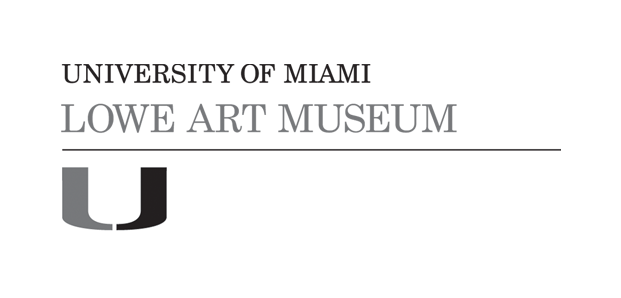Page from a Shahnama Manuscript
Date17th century
Mediumink, gouache and gilding on paper
DimensionsSheet: 16 1/8 x 9 7/8 in. (41 x 25.1 cm)
ClassificationsInformation Forms
Credit LineMuseum purchase through the Thea Katzenstein Art Acquisition Endowment Fund
Object number2011.6.1
DescriptionThe Shahnama or Book of Kings was the Persian national epic poem, which celebrated the exploits of Persia’s rulers from the beginning of civilization to the advent of Islam. Compiled in 1010 by the poet Firdawsi, the poem consisted of 60,000 rhyming couplets written in Persian. Shahnama manuscripts were often lavish artworks, with meticulously written text and numerous illustrations, as they were generally commissioned by Persian rulers. This opening (two pages side by side) of a seventeenth-century Shahnama manuscript displays a standard approach to the organization of the page: text on one side and an illustration embedded in text on the other. The image depicts a royal audience in a landscape, with the enthroned Persian ruler beneath a canopy surrounded by members of his court. Persian painting is famed for its delicacy and detail, creating a fantasy world of bright color and pattern that encourages the viewer to delve deeper into the text and image. Unlike the Mughal painting style, Persian painting was not concerned with naturalism and observation of the physical world, but rather the representation of pure, if sometimes artificial, beauty.



